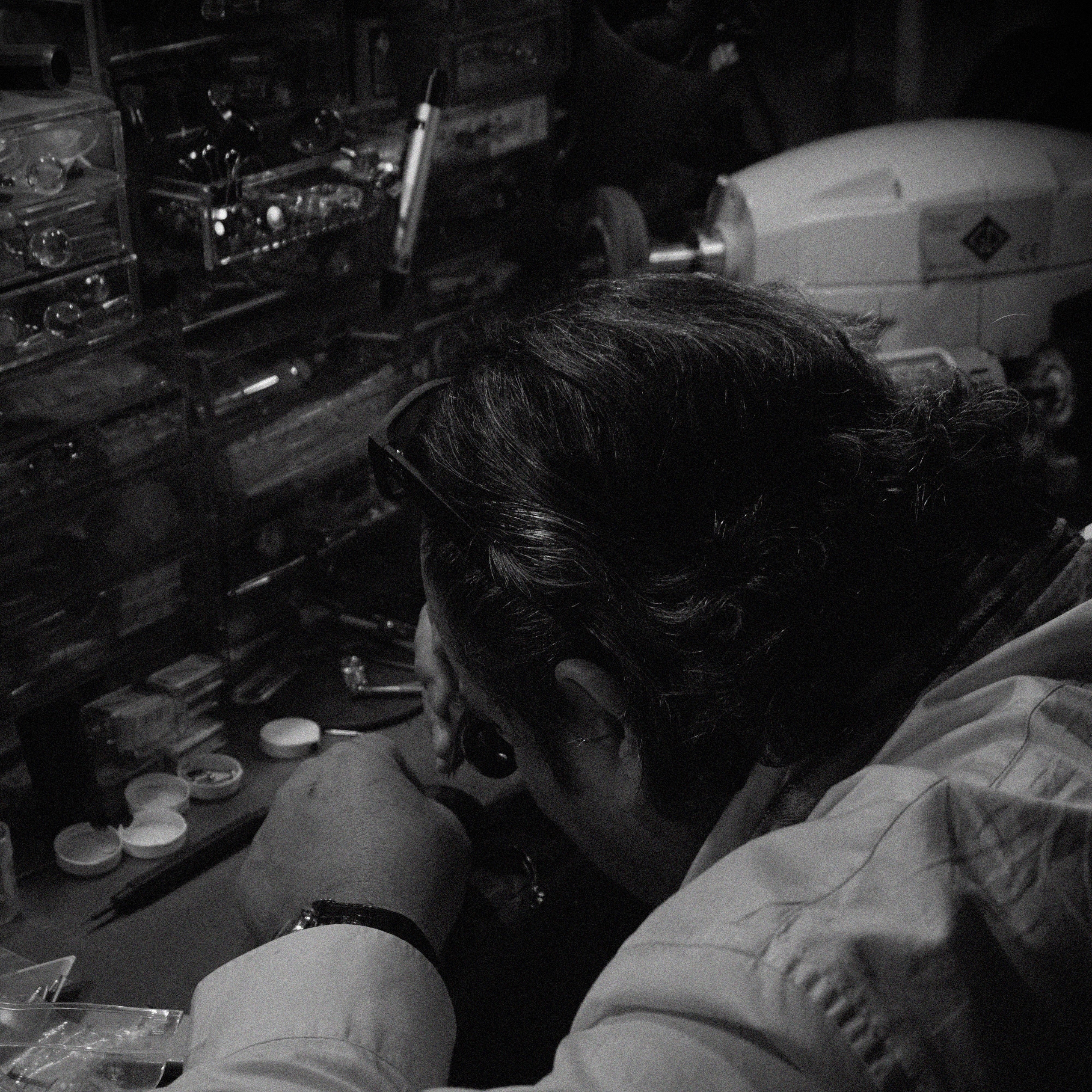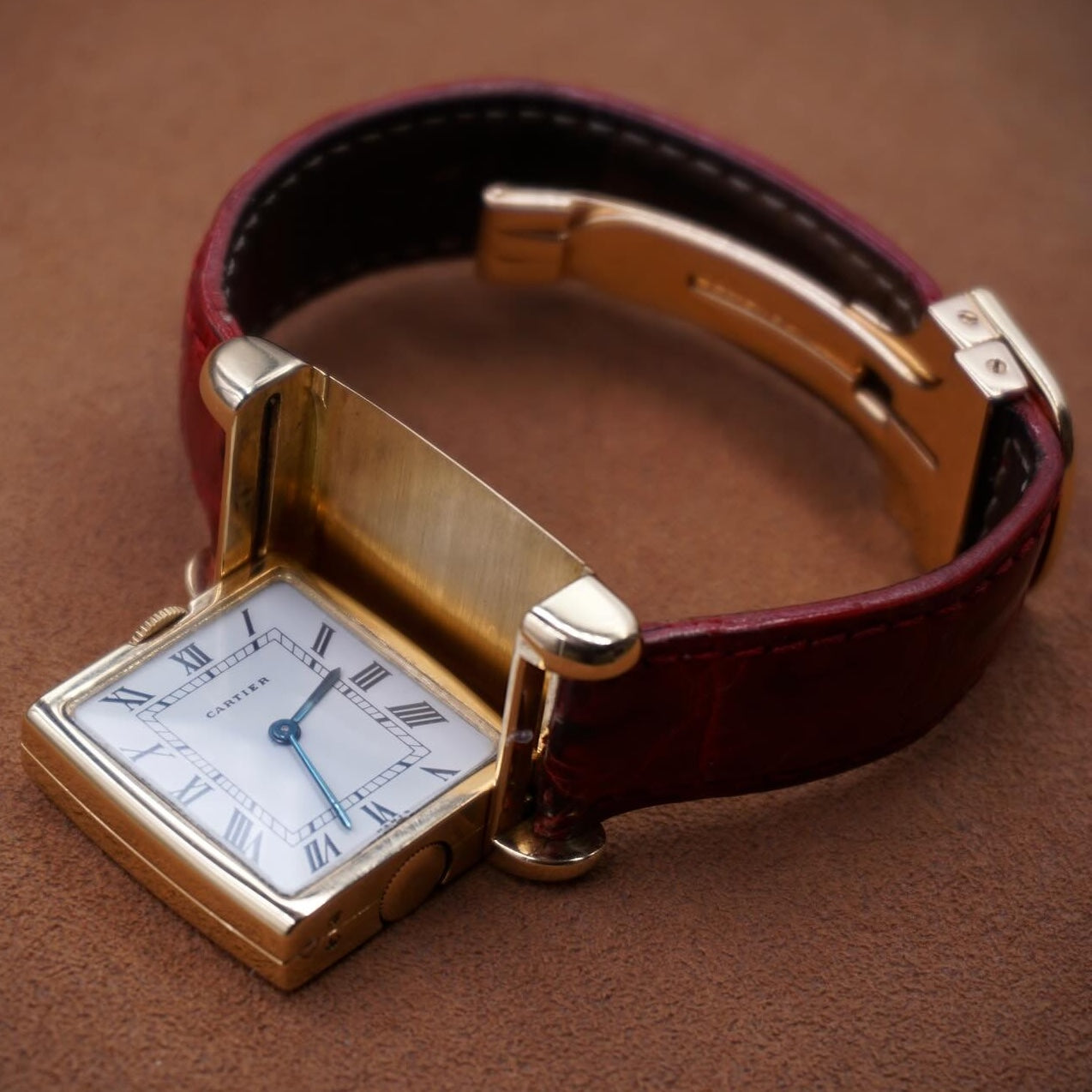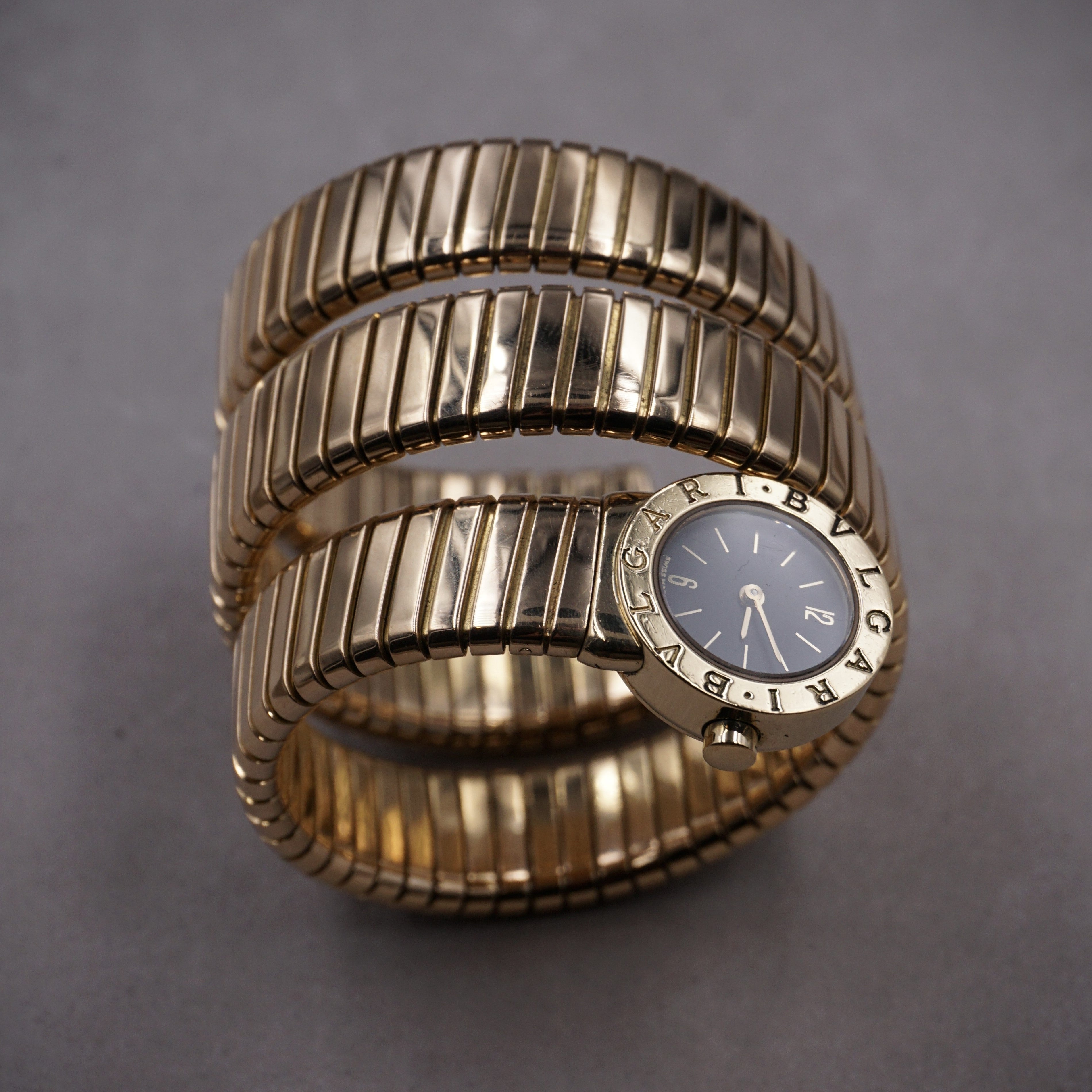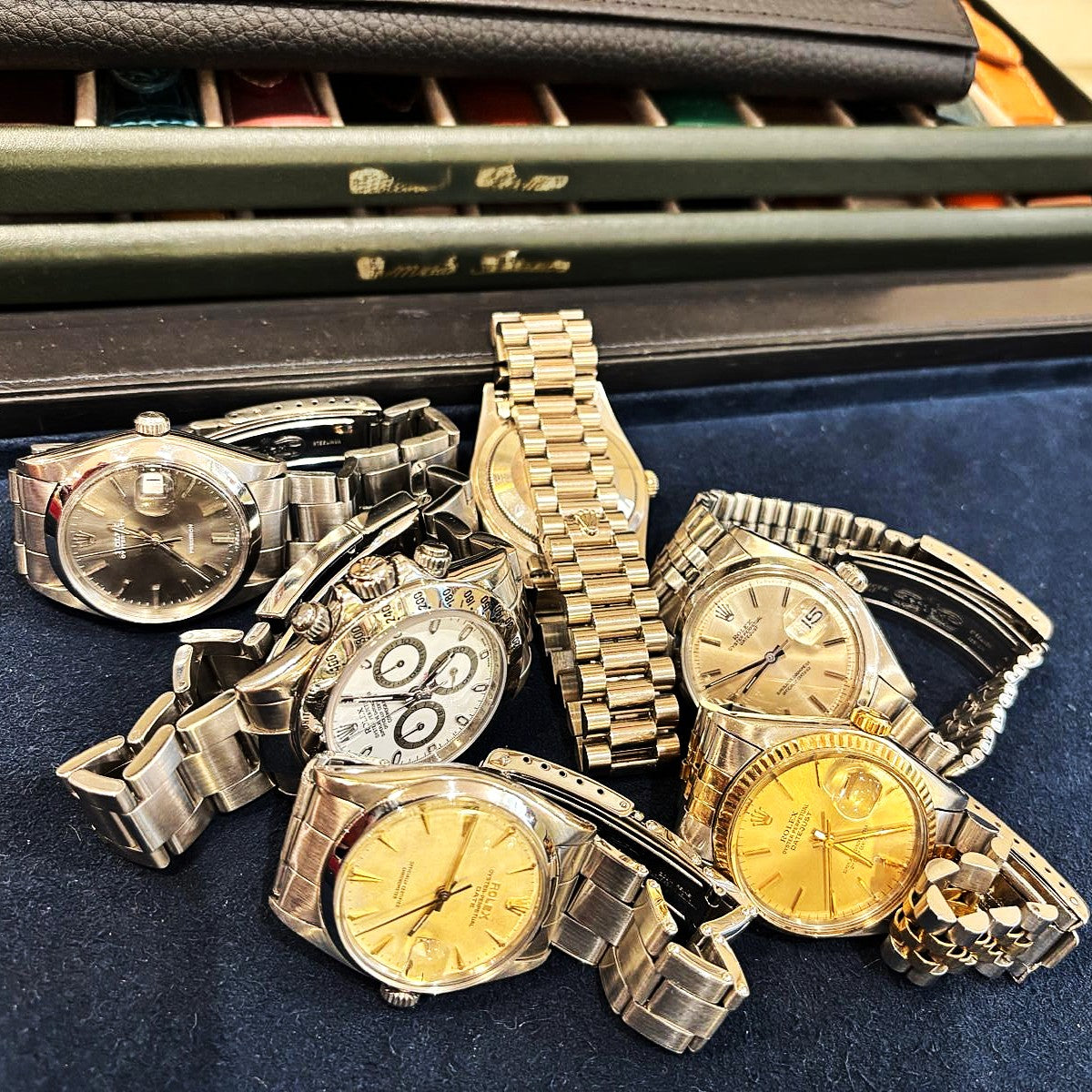
Care and Maintenance of Vintage Watches
A Collector's Guide to Serious Care and Proper Maintenance of Vintage Watches
Vintage watches, whether rare, precious, or simply old, are first and foremost precision instruments - most often mechanical, sometimes electronic, but always pieces loaded with history that require attention and meticulous care.
Understanding Movement Types: The Heart of Your Vintage Watch
Manual Wind Movements
Manual wind movements represent the traditional essence of watchmaking:
- Daily Winding Ritual: Wind your watch at the same time each day, preferably in the morning. Generally, 20-30 gentle crown turns are sufficient.
- Winding Technique:
- Always wind the watch off your wrist
- Turn the crown smoothly and consistently
- Stop winding when you feel resistance to avoid damaging the mainspring
- Errors to Avoid:
- Never force the crown if you encounter significant resistance
- Avoid overwinding, which can damage the internal mechanism
- Keep the crown clean and free from dust
Automatic Movements
Automatic watches are primarily mechanical and can certainly be wound manually, but also feature an automatic winding mechanism that uses your wrist's natural movement to maintain their power reserve:
- Automatic winding through regular wear: aim for 8-10 hours of daily wear to keep the movement wound and maintain the power reserve
- Watch winders: for your automatic pieces worn less regularly, automatic watch winders simulate wrist rotation using a small electric or battery-powered motor to handle the winding work for you
- Manual winding: if your watch hasn't been worn for several days, after setting the time if necessary, simply wind it manually in the usual direction (towards 12 o'clock while holding the watch upright) for 20-30 turns, never forcing if the crown resists
- Maintenance Considerations:
- Periodic service every 3-5 years
- Check the time-setting and winding mechanism
Quartz Movements
Although often considered less demanding in terms of maintenance, quartz movements still require specific attention. It is strongly recommended to use a qualified watchmaker for quartz movement interventions to prevent moisture infiltration and handling accidents.
- Battery Replacement:
- Change batteries every 2-3 years
- Remove batteries if the piece will be left unworn for an extended period (more than 3 years) to avoid battery deterioration and the real risk of acid leakage into the movement, which often has irreversible consequences
- Gasket Integrity: Check water resistance during battery changes
- Electronic Components: Keep away from strong magnetic fields
Water-Resistant Watches and Screw-Down Crowns: Special Considerations
Vintage water-resistant watches with screw-down crowns require meticulous attention to maintain their integrity. Always ensure the crown is fully screwed down before any water exposure, and never attempt to adjust it when the watch is wet. Regularly check the rubber gaskets, which degrade over time. After exposure to salt or chlorinated water, rinse with fresh water and dry thoroughly. Professional water resistance testing every 12-18 months is recommended, particularly for vintage diving watches.
Professional Maintenance: Working with Expert and Qualified Watchmakers
Choosing a Reputable Watchmaker
When seeking professional maintenance for your timepiece, reputation, longevity, and specialization are essential:
- Criteria to Look For:
- Number of years in business and public presence among collectors and enthusiasts
- Specialization in vintage watch restoration
- Experience with specific brands or eras
- Membership in horological or expert associations
- Service Frequency:
- Mechanical watches: complete service every 4-5 years
- Quartz movement: battery change every 24 months (maximum 36 months) and service every 5 years
- Old vintage pieces: inspections at the first sign of running fast or slow, moisture signs, or winding and time-setting problems
- What a Complete Service Should Include:
- Complete disassembly
- Component cleaning
- Movement lubrication
- Precision adjustment
- Replacement of worn parts
- Water resistance testing upon request
Daily Care and Preservation Recommendations
Storage and Environment
- Temperature: avoid extreme heat and cold
- Humidity: keep storage location dry and clean
- Light exposure: minimize direct sunlight
- Magnetic fields: keep away from electronic devices and if possible avoid airport security gates for pre-1970 watches
Cleaning Protocols
- External Cleaning:
- Use a soft, lint-free cloth
- Avoid liquid products on vintage pieces
- Remove dust with a soft brush
- Bracelet Care:
- Leather straps: use leather conditioner sparingly
- Metal bracelets: gentle cleaning with soapy water using a cotton swab
- Alternate between several straps
Conclusion
Preventive and sometimes restorative maintenance (accidents are also part of our watches' history...) of your vintage watch will not only ensure you preserve its proper functioning for years to come but also give you the satisfaction of consolidating its value for you and future generations.




